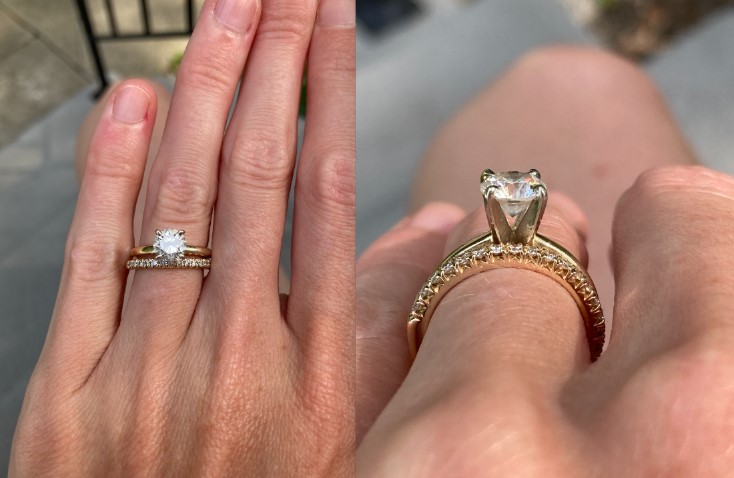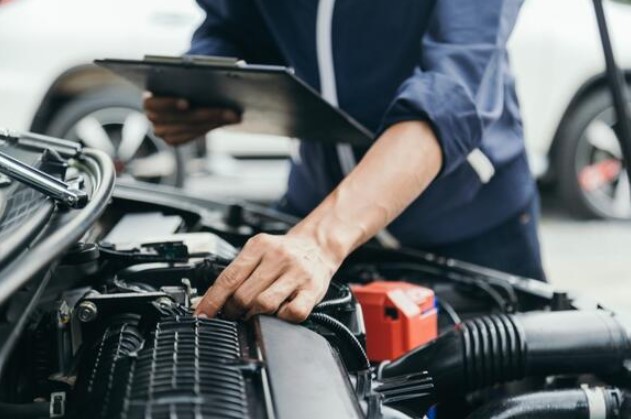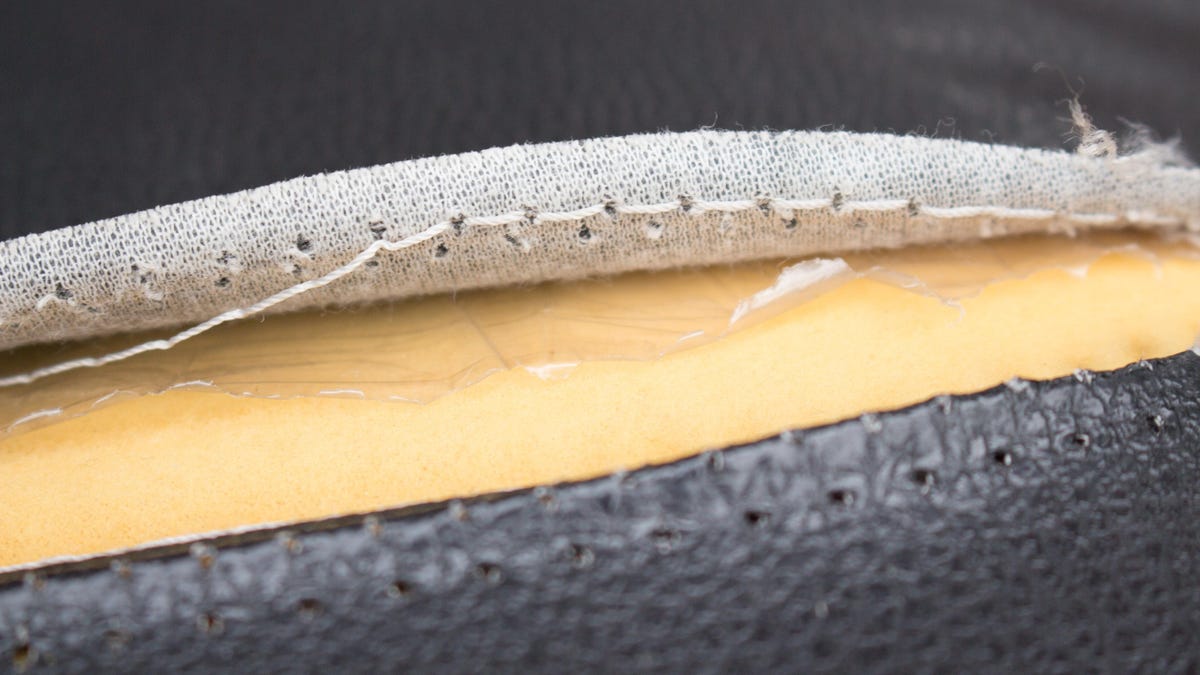
Over time, a vehicle goes through a lot—between things breaking under the hood, scratches and dents on the body, and wear and tear on the interior. This includes rips and holes in the seats, which can happen regardless of whether they’re made out of fabric, leather, or vinyl.
Unlike their ancestors, today’s vinyl seats can often pass for leather and don’t scream “I’M PLASTIC!” And though vinyl is durable, it can tear or develop holes.
One option is to have a professional repair your torn vinyl car seats—but that can get expensive, depending on the severity of the tear, and the type of seat. But another option is doing it yourself. In an article in The Drive, Chris Teague shares a few strategies for fixing different types of tears in vinyl car seats. Here’s what to know.
How to fix a tear along a sewn seam
For the most part, Teague’s article doesn’t focus on tears that are located near a sewn seam on a car seat. That’s because he says that this kind of tear can be taken care of using a heavy-duty needle and thread, sewing the vinyl back together at the seam. But, as Teague points out, to do this yourself, you’ll need “at least a passing understanding of sewing and an eye for the seat shape.”
How to repair tears in vinyl seats
If you care about the way your car seat looks, Teague says you’ll want to opt for either a repair kit or liquid vinyl. Either way, you’ll be working with chemicals, so make sure that you’re working in a flat, well-ventilated area, and are wearing gloves and eye protection. Also, when selecting a product, pay attention to the color, and pick the one that best matches your seats.
Before getting started on the seats, Teague says to clean them using a mild cleanser and a towel. Then, he provides step-by-step instructions for using both a repair kit and liquid vinyl, so refer to his article for those.
If you’re not that concerned about how your seats look, Teague says that there are also easier (and cheaper) ways to repair them. First, there are patches you can get to pop over a tear, which, according to Teague, should be applied using the adhesive included with the product.
Then, there’s the ol’ clamp-and-glue method. “In some cases, the vinyl will be forgiving enough to allow you to clamp the tear shut and either glue or tape it,” Teague writes. “You will need to leave the area clamped long enough to allow the glue to dry, and may need more than one application.”







More Stories
Essential Auto Repair Services Every Car Owner Should Know
Missouri couple left waiting days to get car back from mechanic
Diagnostic Network Launches New Module Swap System to Enhance Reprogramming Knowledge Among Members